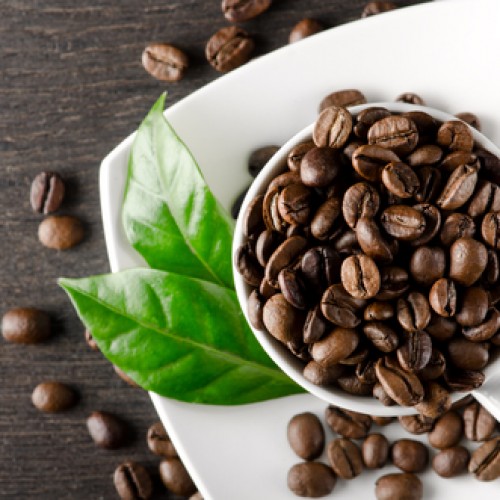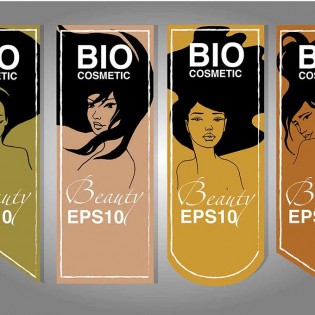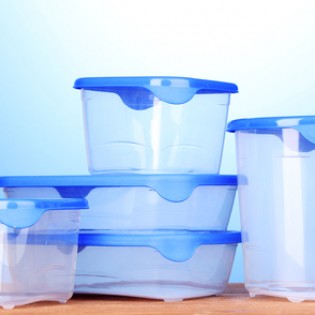No matter how much we deny it, tea and coffee have become an integral part of our lives. In fact the daily mid-morning tea break and the cup of coffee in the evening are so deeply embedded in our schedules that we simply cannot let it go unnoticed. This makes it difficult to do away with the habit, or find some practical alternatives to it. National Coffee Awareness Month is an initiative to keep a checkpoint on your caffeine consumption, and look out for healthier options.
Objective Behind The Coffee Awareness Month
In 2003, Caffeine Awareness Alliance was founded as a trustworthy voice for advocacy to serve the requirements of the Caffeine-Free industry and to create a network of resources for growers, retailers, buyers and sales executives. The Caffeine Awareness Month is celebrated every year in the month of March, with its roots in the campaigning work of the US non-profit sector. It presents an opportunity to be watchful of the amount of caffeine we are consuming and to be informed about the benefits of alternatives.
The main idea behind this program is to try swapping your daily scheduled coffee cups to smoothie glasses, or anything that’s just better than too much caffeine. So instead of having an espresso early in the morning, why not try mint tea for a few days? Changing bad habits can be hard, but not changing them can be even harder on the body. Experiment with a couple of exercises or just a morning walk to see whether your body really craves for that much coffee. You never know you might find out that your daily caffeine consumption is not as crucial as you thought.
How Much Caffeine Is Actually A Safe Limit?
You are more likely to drink a cup of coffee in a workplace rather than your home, and this is why a majority of companies have switched over to healthier alternatives. Roughly around 400mg caffeine is considered as a safe intake level on a daily basis for adults. That equals 5 cans of Red Bull, 8 cans of Diet Coke, a couple of Starbucks Grande Lattes, 4-5 cups of home brew coffee and 6-7 cups of black tea. A typical serving of caffeine is generally 8 fl oz cup of home brewed coffee, equaling a range of 70-90 mg of caffeine. Now if you have a habit of drinking coffee multiple times a day, it can have significant on the body over a period of time.
Use Coffee Labels To Create Awareness
Reputed coffee manufacturers from across the world will never recommend their potential customers for an extra dosage of caffeine. You can spread this awareness through your coffee labels, and let the people know about the difference between what’s safe and unsafe. Tell them about the upcoming coffee awareness month, and how they can use it to incorporate changes in their daily lifestyle. By doing this, you do not only gain the trust of your consumers, but also save them from the peril of caffeine addiction.







